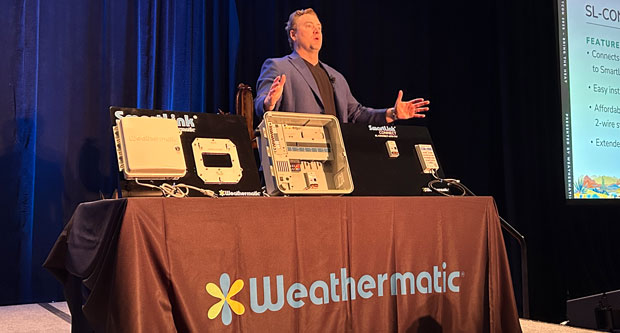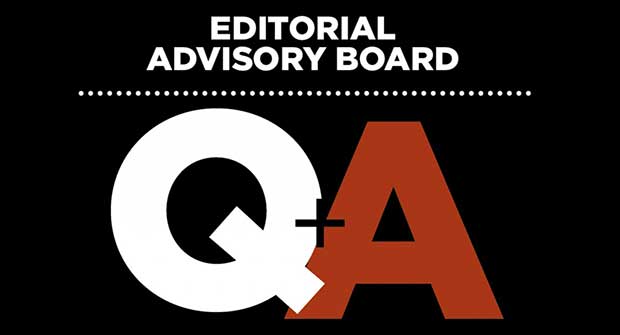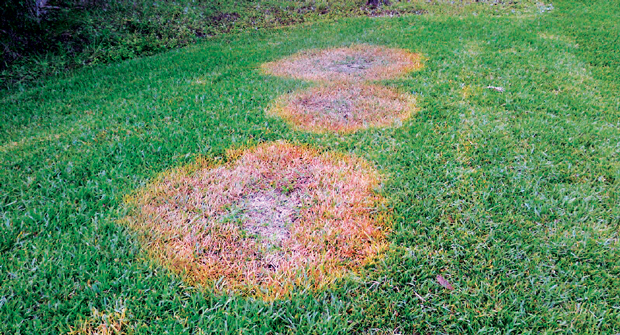In the early 2000s, most irrigation companies were making their controllers more complicated. They added more buttons and confusing menus.
Meanwhile, contractors were stuck in the same old routine — drive to Site A to adjust a timer, drive to Site B to replace a broken head that’s been flooding for three days, drive to Site C because the client called about brown spots that could have been prevented with a simple schedule change.
Every day was reactive maintenance. Every problem was a surprise. Every service call ate into margins. But Bill Savelle at Weathermatic had a different idea. “I only limit myself by my own visualization,” Savelle says. “You have to be a consistent learner and educate yourself to stay current.”
This thinking led him to ask a simple question that would change everything: What if you never had to drive to a jobsite to fix irrigation again?
The vision
Savelle’s question foresaw a different future. What if you could monitor every system remotely? What if you caught problems before clients noticed? What if adjustments took 30 seconds on your computer or phone instead of 30 minutes in traffic?
Back then, there were serious limitations to consider when it came to remote options. Wi-Fi controllers weren’t reliable for outdoor installations. Radio-based systems were too complicated for most crews to program and troubleshoot. These early technologies required technical skills that most irrigation teams didn’t have.
The breakthrough came unexpectedly during the 2008 housing crisis. While the economy was crashing and everyone was cutting costs, banks were under intense pressure to prove they were being responsible with resources. Water conservation had become a mandate, not just a nice-to-have.
That’s when a major bank approached Weathermatic with a bold proposal. They wanted to retrofit over 200 commercial properties with SmartLink technology, even though it was still in beta testing. The contract was worth $1.4 million. Think about that: During the worst economic downturn in decades, a major financial institution was willing to bet serious money on unproven wireless irrigation technology.
The results
Four months later, the bank’s facilities manager called with news that stunned everyone. The water savings were so dramatic that they had already recovered their entire $1.4 million investment. Not over years; in four months. The beta version of SmartLink had eliminated waste, caught leaks before they became disasters and optimized watering schedules across 200-plus properties so effectively that the water bill savings paid for the entire system in one-third of a year.
This wasn’t just a successful pilot program. This was proof that wireless irrigation control could deliver immediate, massive returns even during an economic crisis when every dollar mattered.
What seems obvious today — remote monitoring, predictive maintenance, smartphone control — was revolutionary 20 years ago. The idea came from an engineer who understood that contractors should spend their time growing their business, not chasing irrigation problems.
SmartLink technology is now standard for many landscape professionals. It helps thousands of contractors transform their irrigation operations from cost centers into profit drivers. The technology has made remote monitoring and proactive maintenance the industry standard, proving Savelle’s original vision that you should never have to make unnecessary trips to jobsites.


